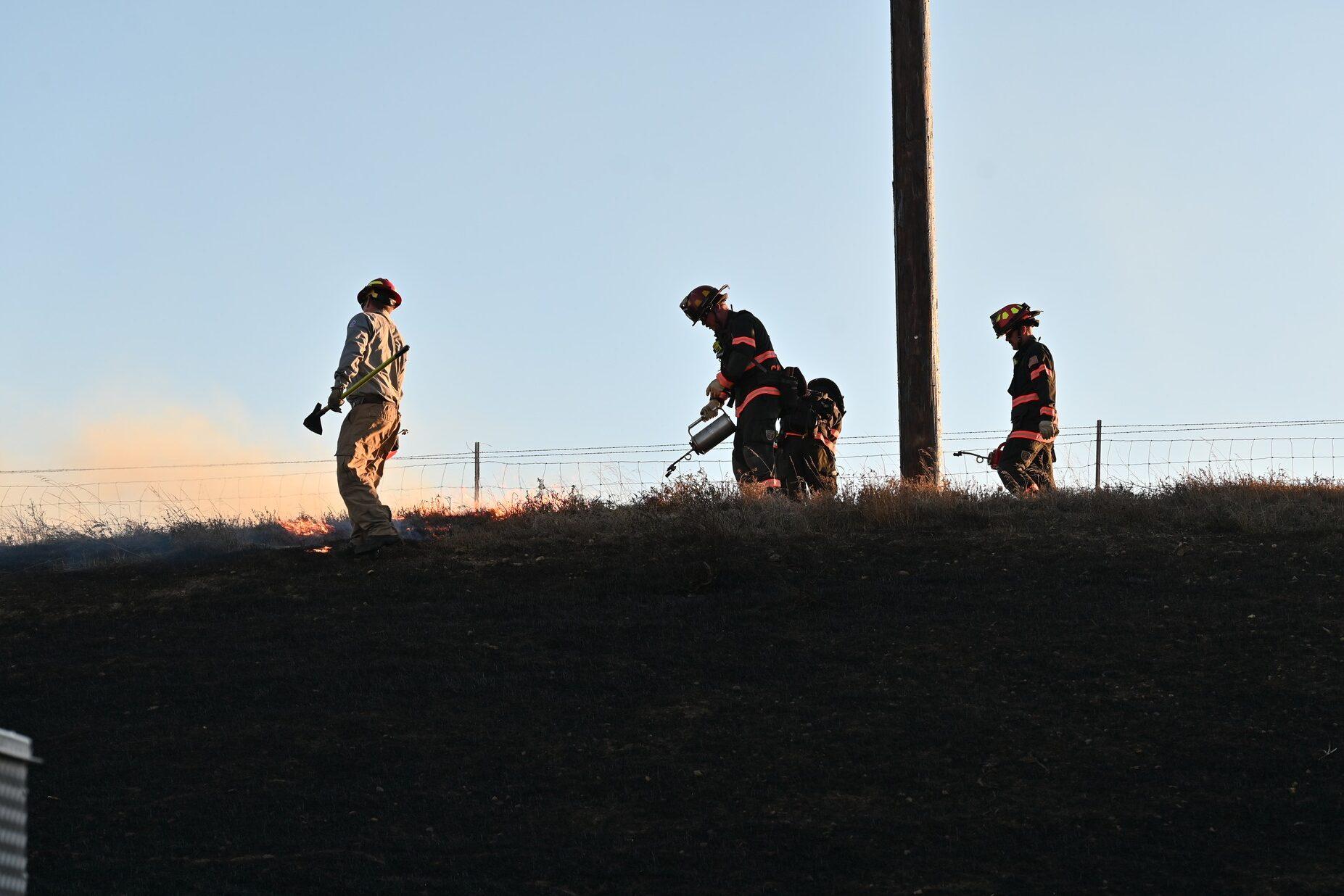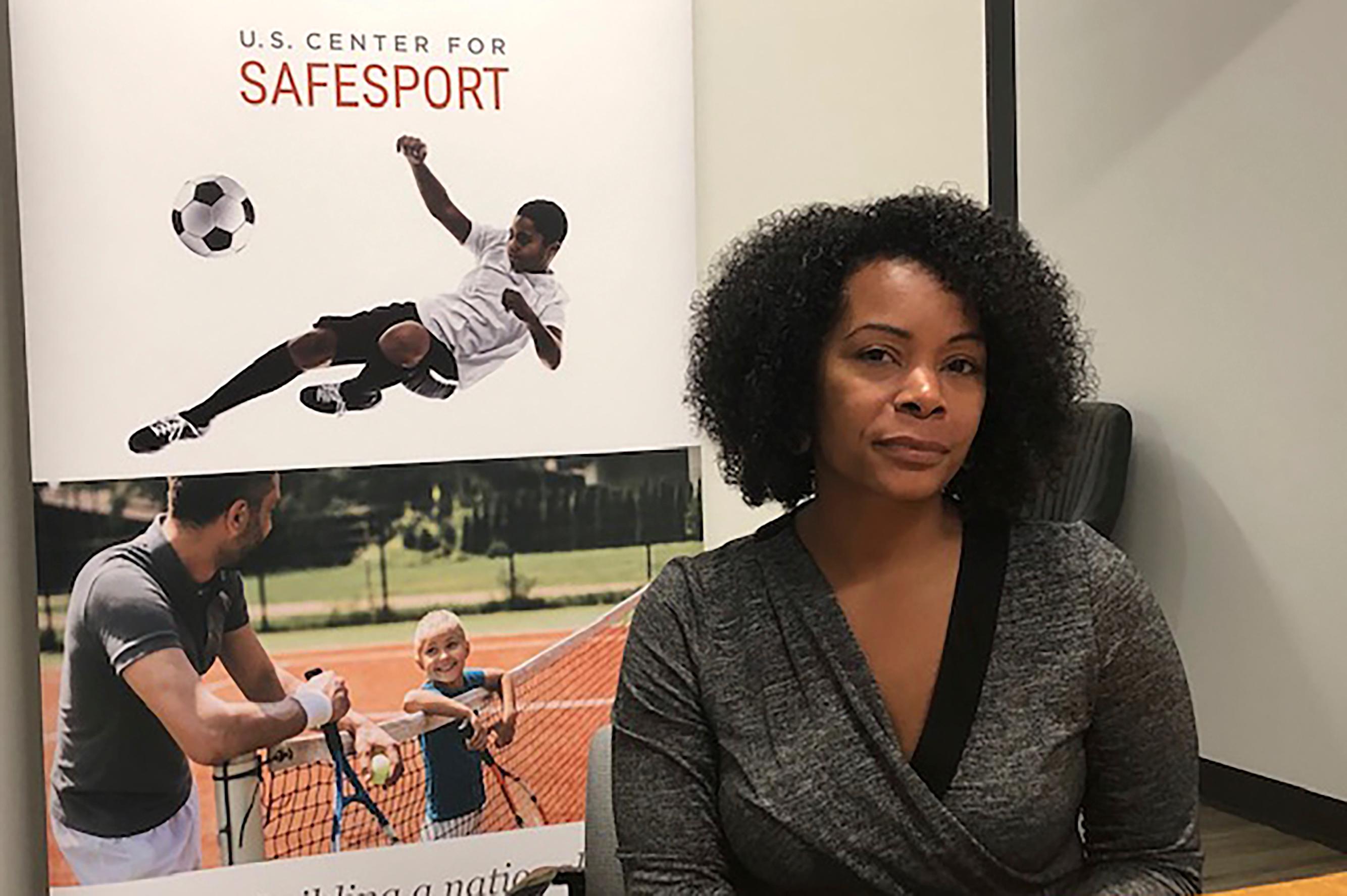
This story was originally published by Chalkbeat. Sign up for their newsletters at ckbe.at/newsletters.
By Melanie Asmar, Chalkbeat
Sergio De La Rosa remembers the moment he knew he wanted to be a teacher.
He was running a Boys & Girls Club in Fort Morgan, providing after-school, summer, and fifth-day care to students in the four-day school district. Although Fort Morgan is diverse, De La Rosa said he saw how some Spanish-speaking families felt left out — and how the club’s programming was making a difference.
“I’d have kids and families come up to me and say, ‘Mr. Sergio, we miss you,’” said De La Rosa, who grew up in Colorado speaking Spanish at home. “That was the pivotal moment for me where I realized I’d like to be working with kids more directly.”
A new program is helping him realize his dream of teaching sooner than he thought possible. De La Rosa, who previously worked as a community organizer and youth corrections officer, is one of about 100 apprentices enrolled in the state’s new Teacher Degree Apprenticeship Program.
Created by a 2023 state law, the program combines college classes with on-the-job training to provide adults without a bachelor’s degree a pathway to becoming a licensed teacher. The program is officially launching this fall after being piloted last year.
It’s a creative solution to a perennial problem. Colorado had about 2,800 vacant teaching positions at the start of the last school year, according to data from the Colorado Department of Education.
While many positions were filled by long-term substitutes, retired educators, and teachers with alternative licenses, who already have a bachelor’s degree in something other than education, nearly 600 positions went unfilled all year long.
More states are adopting apprenticeship programs to help fill the gap, and some local school districts, including Cherry Creek, have started apprenticeship programs of their own. In addition to minting more teachers, apprenticeships tend to attract more candidates of color, more bilingual candidates, and more candidates who live in the community, offering solutions to some of the profession’s biggest hiring challenges.
Liz Qualman, the director of teacher education at Colorado Mountain College, which provides college courses for the state’s apprenticeship program, said there are more men in the cohort working toward becoming elementary school teachers than she’s ever seen in the college’s traditional teacher preparation program.
“These kids need it,” Qualman said of the elementary school students. “They need to see Sergio in front of them every day and be like, ‘I want to be a teacher just like Mr. De La Rosa.’”
Shortly after his pivotal moment, De La Rosa said the principal of Fort Morgan’s Baker Elementary School, where the Boys & Girls Club was housed, approached him about an open teaching position for students learning English as a second language.
But De La Rosa had to say no. He didn’t qualify for an alternative teacher license because he hadn’t finished college, a milestone he figured would have to wait until his three young children were older and he had more money saved up. A few days later, when the principal told De La Rosa that Colorado was starting an apprenticeship program, the 32-year-old said it was life-changing.
“It’s never too late to find out where you truly belong,” De La Rosa said.
Apprentices are ‘earning while they’re learning’
To become an apprentice, a candidate must first be hired by a school district as either a long-term substitute or as a teacher under a brand-new apprenticeship credential.
As of now, five Colorado school districts are participating in the apprenticeship program: Fort Morgan Re-3, Bayfield, Garfield 16, Garfield Re-2, and Harrison 2, said Mary Bivens, the executive director of the educator workforce development unit at the Colorado Department of Education. A sixth district is in the process of getting approved, she said.
Most of the current apprentices already worked for districts in non-teaching roles, Qualman said. Many were paraprofessionals who helped teachers in classrooms. One was a high school security guard. Another worked in the front office of a school. The apprentices range in age from 22 to 60, with an average age of 35, she said.
Apprentices are in charge of their own classrooms under the supervision of a mentor teacher and a field supervisor, Qualman said. The apprentices also take college courses toward a bachelor’s degree in education. The program should take two to four years to complete, depending on whether apprentices have prior college credits, she said.
The courses are flexible and fully virtual. Some courses are also competency-based, meaning the apprentices show that they understand the material by applying it in their classrooms, Bivens said. As the apprentices demonstrate more competencies, they get a bump in their salary, which is determined by their districts, she said.
“They can be earning while they’re learning,” Bivens said.
While there is no dedicated state funding for the apprenticeship program, Qualman said the goal is for the apprentices to graduate debt-free through a combination of federal grants and local scholarships. Apprentices can also apply for the state’s Educator Recruitment and Retention Financial Assistance Program, which provides stipends of up to $10,000.
De La Rosa, who began his apprenticeship last year, would stay after school on Thursdays to do four hours of college courses back-to-back. He’d then apply that knowledge in his classroom of 45 multilingual learners from countries such as Mexico, Venezuela, and Somalia.
He recalled how one lesson on students’ different learning styles, such as kinesthetic, visual, and auditory, helped him with his first- and second-graders.
He was teaching consonant-vowel-consonant words like bat and hat but struggling to keep his students on task. So he split them into three groups. The students who craved movement wrote the words in the air with their fingers. The visual learners spelled the words with cutout letters. And the auditory learners sang the spellings with a song he found online.
“All of a sudden I had 90% of the kids doing the work 90% of the time,” De La Rosa said.
“It’s hard for me to think about going about it the traditional way because there’s so much nuance and things you don’t know until you have your feet on the ground,” he said. “If I was doing this when I was 18 years old, I probably would have forgotten half of this by now.”
‘I can be that person’
Flor Vargas is an apprentice in Garfield County School District 16 on Colorado’s western slope. The 40-year-old began working as a paraprofessional at Grand Valley Middle School six years ago. But she said she’s wanted to be a teacher for as long as she can remember.
Growing up in Mexico as the second-oldest of six kids, Vargas said she remembers sitting her younger siblings and neighbors in chairs and giving them instructions. But after emigrating to the United States, Vargas became pregnant at 15 and dropped out of high school.
She spent years as a stay-at-home mom, raising her three children. Still passionate about education, Vargas became a dedicated, daily volunteer in her children’s schools.
“I left the house with them and came back with them,” she said.
When the middle school principal offered Vargas a job as a paraprofessional for students learning English as a second language, she said she jumped at the chance. And when her supervisor encouraged her to go back to school, she took his advice.
Vargas was taking in-person college courses at Colorado Mountain College when the apprenticeship program began. She switched into the program, and her school district hired her as a long-term substitute while she works to complete her degree.
“I never thought to be an (English language learner) teacher, but that is something really awesome because I can relate to them,” Vargas said of her 64 students. “I tell my newcomers … ‘You know, it’s okay to feel weird because you’re in a different environment.’
“When I came, I was 8 years old and I didn’t have a teacher to say, ‘You’re okay. Everything is going to be okay,’” she said. “That’s why I love my job because I can be that person.”
Melanie Asmar is the bureau chief for Chalkbeat Colorado. Contact Melanie at [email protected].








